The VR landscape has undergone a remarkable transformation, with headsets now capable of delivering experiences so immersive they temporarily erase the awareness of wearing technology on your face (PC Gamer). Virtual reality is no longer a niche curiosity, it is a mainstream force reshaping industries, powered by lighter headsets, sharper displays, and more approachable pricing (Vagon). The global VR market reached USD 59.96 billion in 2022 and is projected to hit USD 79.36 billion in 2023, a sharp rise that mirrors the technology's rapid adoption (Virtual Reality News).
What makes 2025 exciting is how VR has stepped beyond pure entertainment to become a practical business tool. Training employees on complex machinery, running architectural walkthroughs, even collaborative design sessions that blend digital and physical space, today's headsets pull it off without the old tangle of wires. The market now offers a fit for every budget and use case, from an affordable entry point to cutting-edge spatial computing for professional work.
PRO TIP: When choosing your first VR headset, start with your primary use case. Gaming enthusiasts should prioritize refresh rates and game library compatibility, while professionals need passthrough quality and PC connectivity options.
The undisputed champion: Meta Quest 3
The Meta Quest 3 has emerged as the definitive choice for VR enthusiasts, earning recognition as the top VR headset from multiple industry experts (PC Gamer). It marks a clear leap forward with pancake lens technology, a more compact design, and improved clarity (PC Gamer). Each eye sees a crisp 2064 x 2208 resolution through LCD panels, with refresh rates up to 120 Hz for smooth, responsive gameplay (PC Gamer).
From our extensive testing, the Quest 3's superpower is flexibility. It works as a standalone headset or as a PC-connected device, and you can pull in your Steam library with a high-quality USB Type-C cable (PC Gamer). You are not locked to one storefront, a big deal if your games live in a few places. The field of view spans 110 degrees horizontally and 96 degrees vertically, an expansive window that helps you forget about the real room around you (PC Gamer).
The mixed reality passthrough is the trick you will show friends. Double-tap the side, then see your room in detail while virtual elements linger in place (PC Gamer). It turns VR from isolating to integrated, which makes longer sessions feel less claustrophobic.
PRO TIP: To maximize Quest 3 performance, use a high-quality USB-C cable for PC connectivity and, if possible, a Wi-Fi 6E router for crisp wireless streaming. That combo unlocks the best of both standalone and tethered play.
The Quest 3 ships with improved Touch Plus controllers that feel natural over long stretches, though battery life sits near the familiar two-hour mark (PC Gamer). In our real-world testing, that is enough for most sessions. Power users should consider the optional Elite Strap with battery for marathon play.
Budget-conscious excellence: Meta Quest 3S
If you want VR without the premium price, the Meta Quest 3S delivers strong value at roughly $200 less than its sibling (PC Gamer). Meta blends the Quest 3's Snapdragon XR2 Gen 2 processor with the Quest 2's optical system, a smart way to keep costs down while keeping performance up (PC Gamer).
The trade-off is in the optics. Older Fresnel lenses replace the Quest 3's pancake setup, so edge clarity is softer, although the headset still supports the full Quest ecosystem and PC connectivity (Wirecutter). You still get 1832 x 1920 per-eye resolution and up to 120 Hz refresh rates, more than enough for smooth play in most apps (PC Gamer).
Battery efficiency also gets a small win. The Quest 3S lasts about 2.5 hours, a touch longer than the Quest 3's 2.3-hour runtime (Wirecutter). It is cordless, it tracks your head and hands with built-in sensors, and setup is quick and clean, no base stations required (Wirecutter).
PRO TIP: The Quest 3S hits a sweet spot for newcomers who want modern processing power without paying for top-tier optics. If gaming and social VR are your priorities, the visual trade-offs will not spoil the fun.
The Quest 3S runs the best VR games and experiences available, with controllers that remain comfortable over time (Wirecutter). For first-time users, it trims away the usual barriers of cost and complexity while still feeling fast and capable (PC Mag).
Premium alternatives and specialized options
The PlayStation VR2 is a standout for console players, pairing an OLED display with adaptive haptic feedback for premium comfort and punchy visuals (Nextool Hub). Resolution hits 2000 x 2040 per eye, and built-in eye tracking keeps whatever you look at tack sharp (PC Mag). Those OLED panels deliver deeper blacks and richer colors than LCD, a big lift for horror games and moody scenes.
Tight integration with PlayStation 5 enables experiences you will not find elsewhere. The flip side, it only works with a PS5, and it does not support original PlayStation VR titles (PC Mag). If you already own a PS5 and are ready to spend close to $600, PSVR2 is a serious upgrade that taps into the console's horsepower (PC Mag).
The Apple Vision Pro takes a different path, a spatial computer with dual 4K micro-OLED displays totaling 23 million pixels (TS2 Tech). Apple frames it for productivity, media, and mixed reality over gaming. Control is all eye and hand tracking, no controllers, and the visual fidelity is unmatched in this group (PC Mag).
PRO TIP: Before jumping to premium, check your ecosystem. PSVR2 requires a PlayStation 5, while Vision Pro shines when paired with Apple hardware and software. You are buying into a platform, not just a headset.
At $3,499, the Vision Pro targets professionals who need high-end mixed reality for work, not weekend gaming sessions (PC Mag). It makes sense for developers, content creators, and enterprise users who need the best of the best, and it is overkill for casual entertainment.
What's coming next in VR innovation
The VR landscape is still moving fast, and 2025 is set to shake up the three-way rivalry among Meta, Apple, and Google in spatial computing. Samsung's Project Moohan will debut Google's Android XR platform, with Snapdragon XR2+ Gen 2 power and advanced color passthrough (Mixed News). Expect support for most Android apps alongside Google staples like Maps and YouTube (Mixed News), a genuine alternative ecosystem to Meta's approach.
From our industry analysis, the most promising work tackles VR's lingering pain points. Pimax is pushing 200-degree fields of view and ultra-high resolutions for enthusiasts (Nextool Hub). AI-driven experiences are making NPCs and environments feel alive, with natural language and realistic reactions that turn scripted moments into dynamic encounters (Vagon).
Cloud streaming is widening access, letting people run demanding apps without pricey local hardware (Vagon). Stream from remote servers, get premium VR if your internet holds up. The ripple effects stretch past games into enterprise training, collaboration, and immersive entertainment for broader audiences (Vagon).
PRO TIP: Planning a 2025 purchase? Consider waiting for Samsung's Project Moohan to see how Android XR stacks up. Fresh competition often pushes prices down and features up across the board.
The VR revolution is here to stay
Virtual reality has moved beyond experimentation into daily use across gaming, enterprise, healthcare, and social spaces. There is a headset for every budget and need, from entry-level devices to premium spatial computing platforms (Virtual Reality News). Half of Fortune 500 companies are already using VR, and training can cut learning time by up to 50 percent, clear signals that the benefits reach far beyond entertainment (Virtual Reality News).
AI, cloud computing, and sharper displays are converging, which means more accessible and more immersive experiences ahead. Whether you start with a Quest 3S or dive into spatial computing on a high-end device, 2025 is a great moment to see how VR reshapes digital life. The question is not whether VR will succeed anymore, it is which incredible experience you will try first.







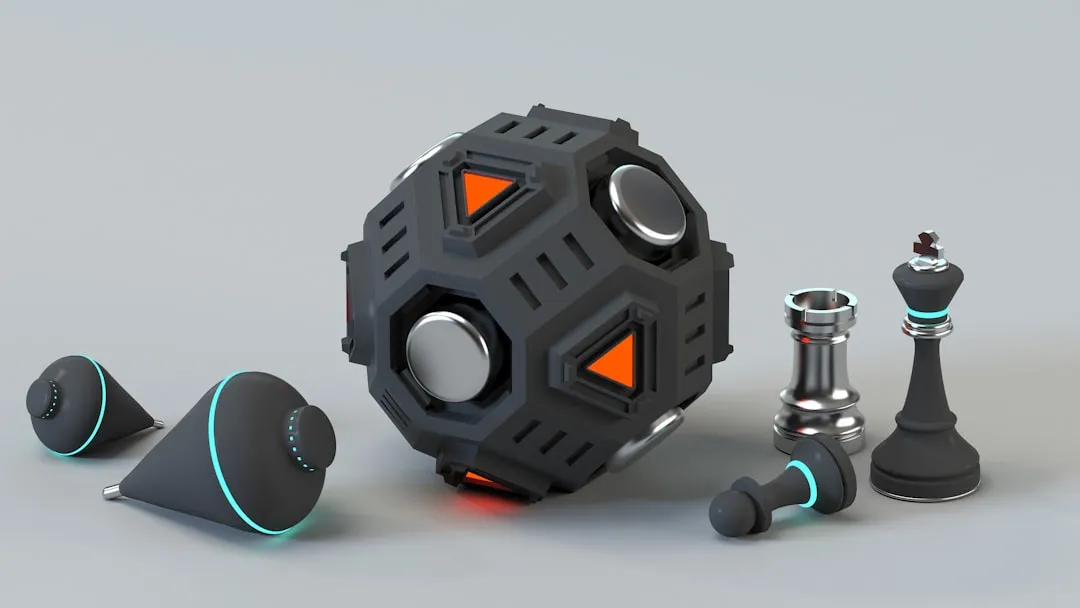

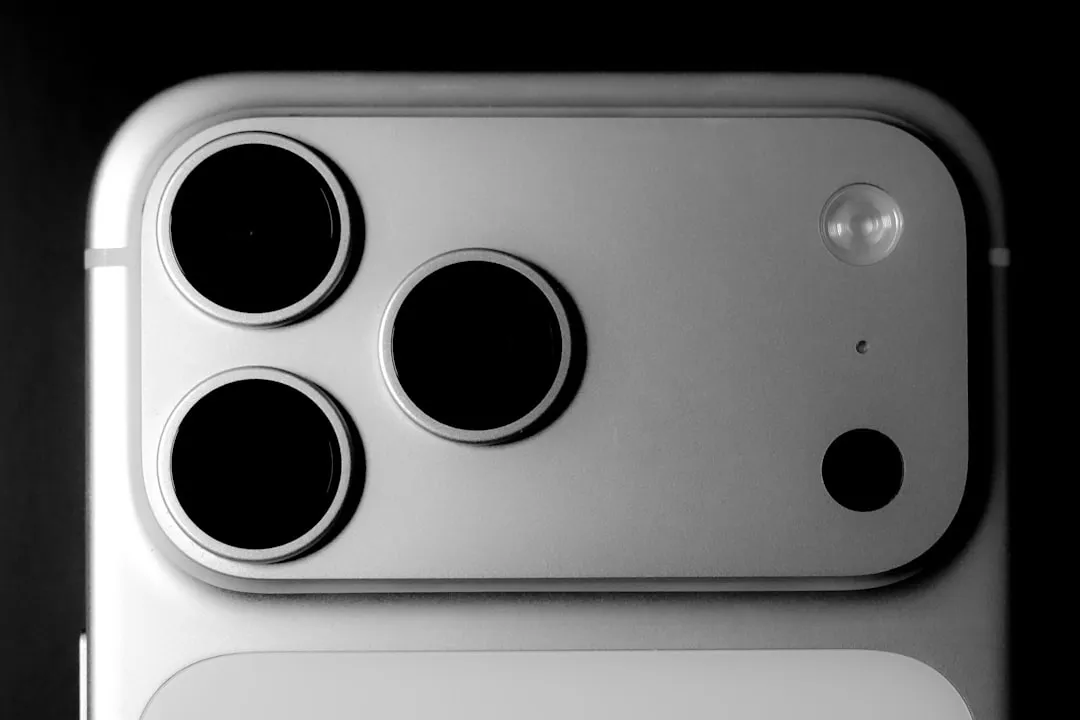









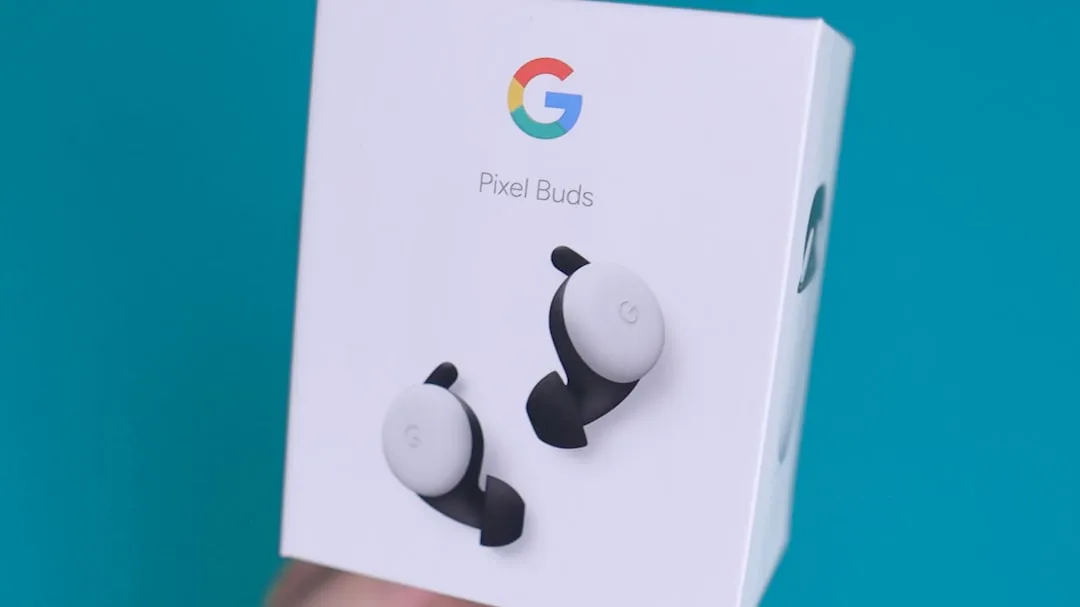


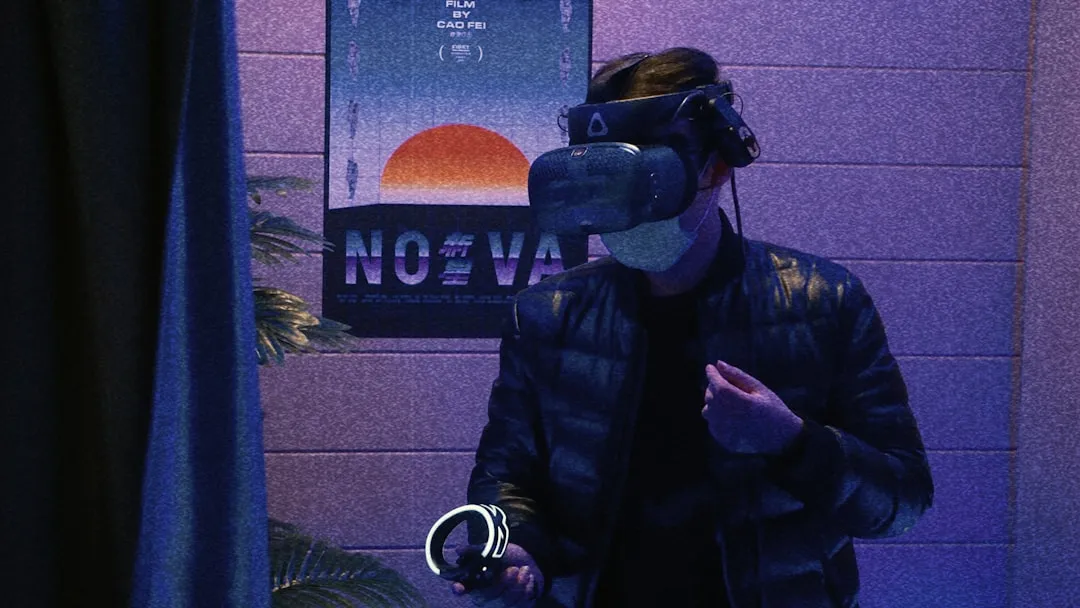
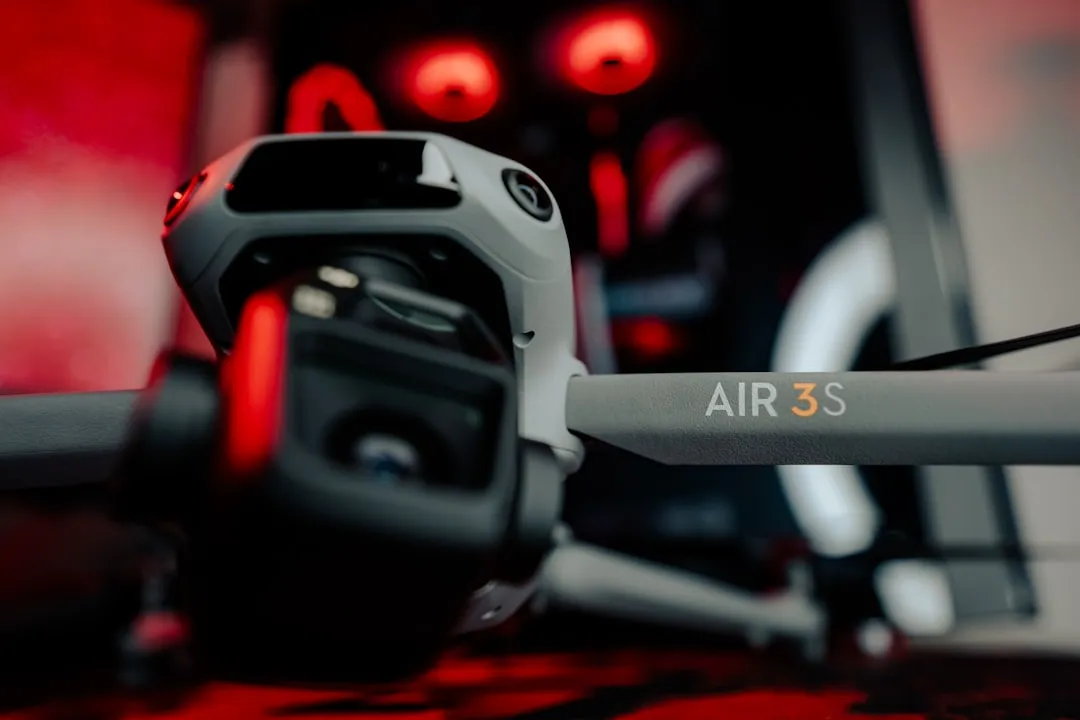

Comments
Be the first, drop a comment!